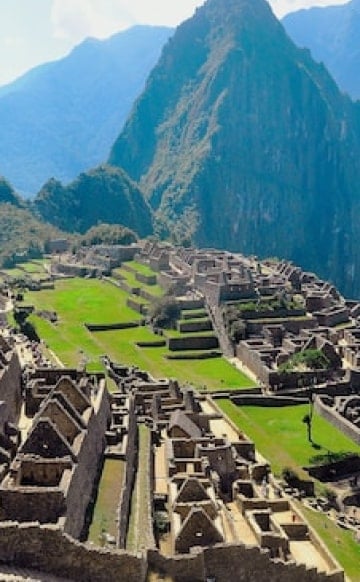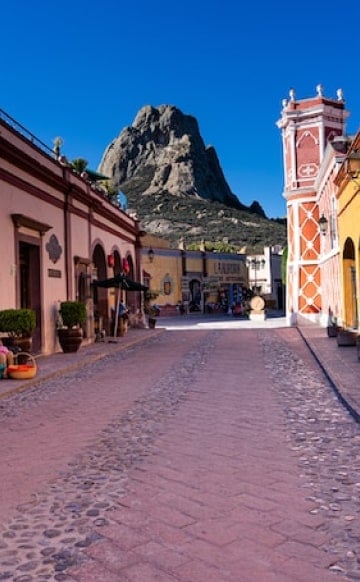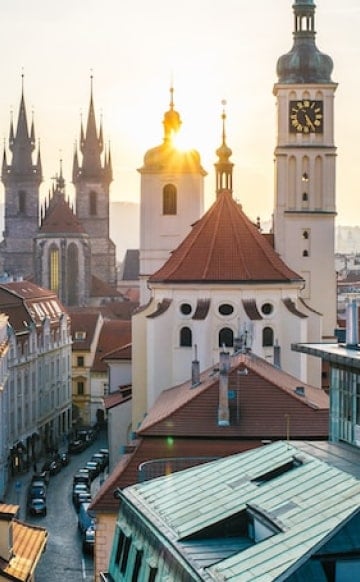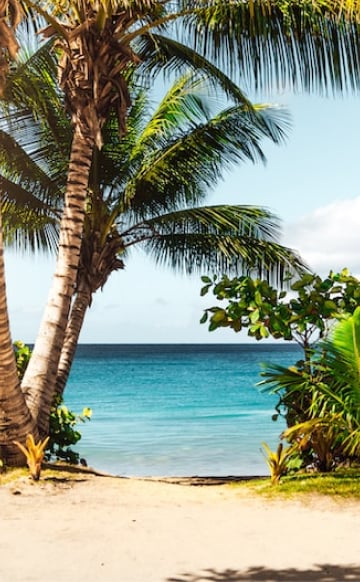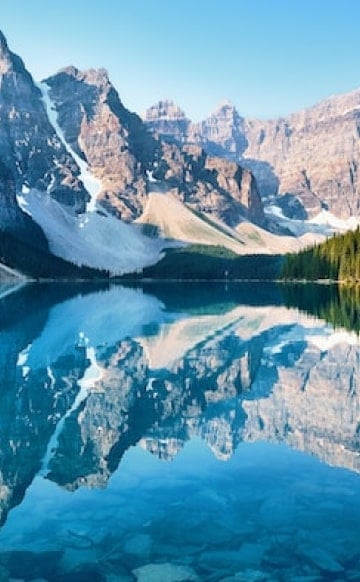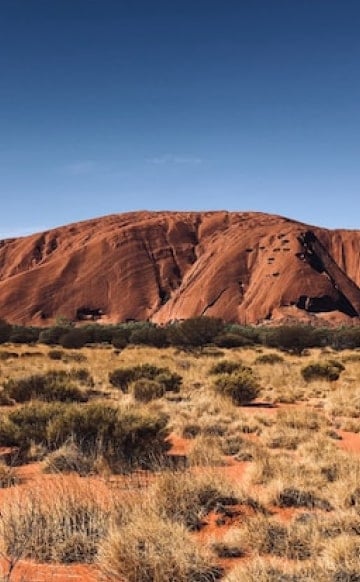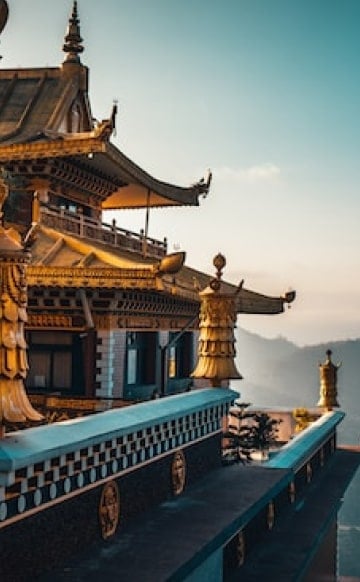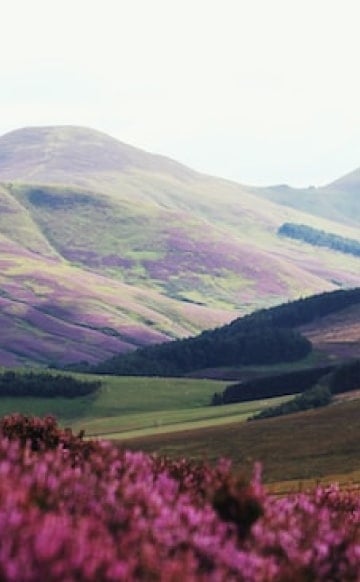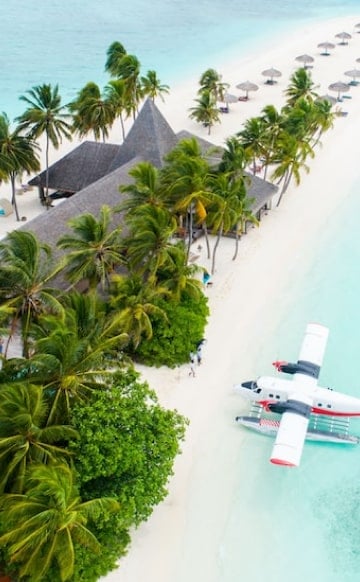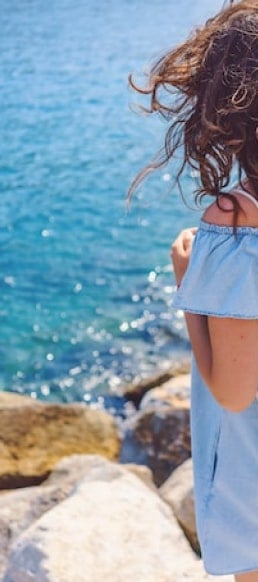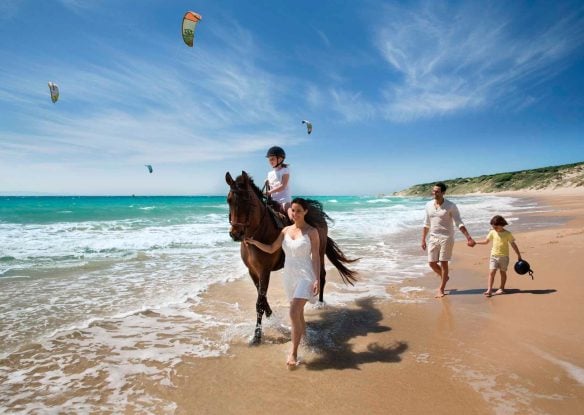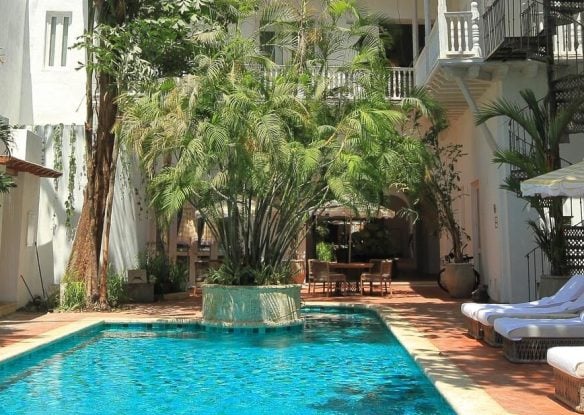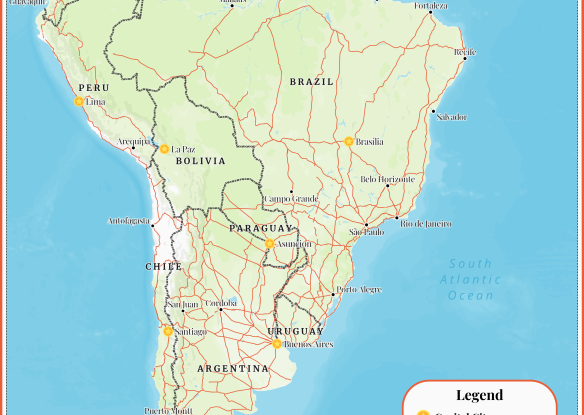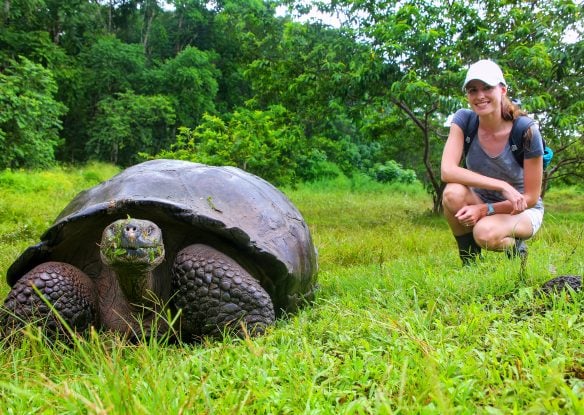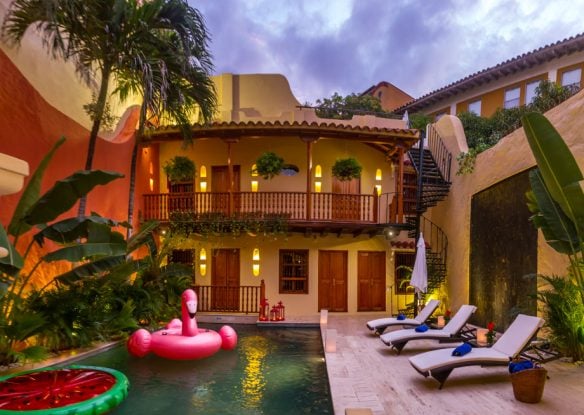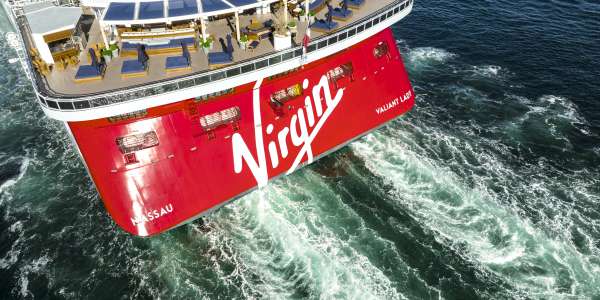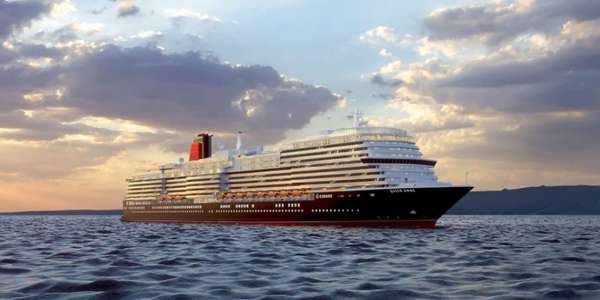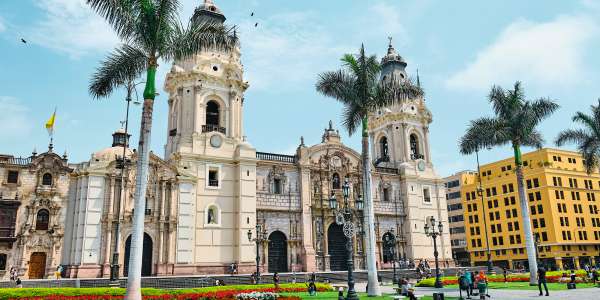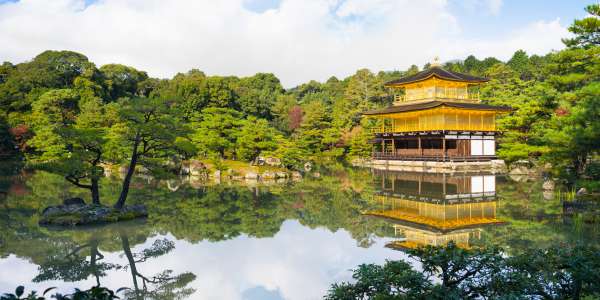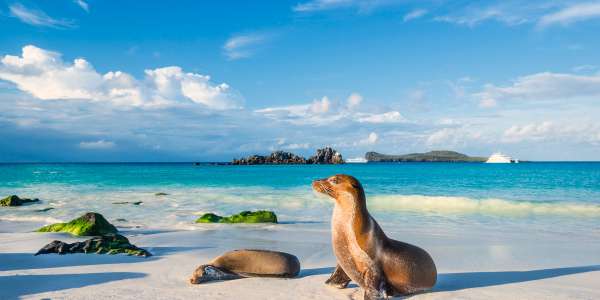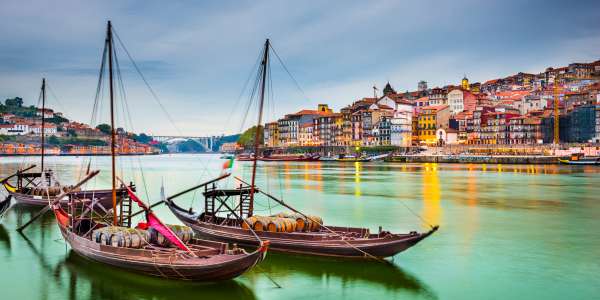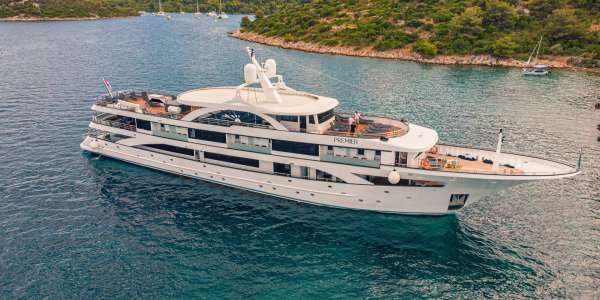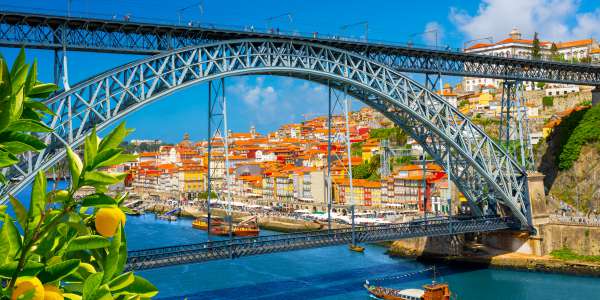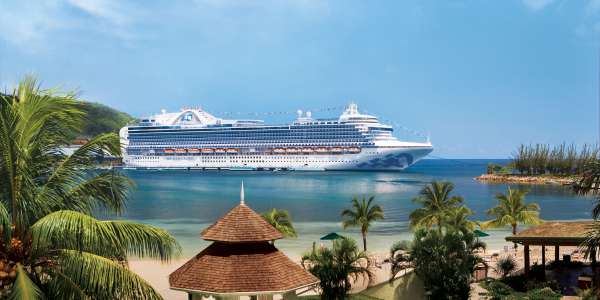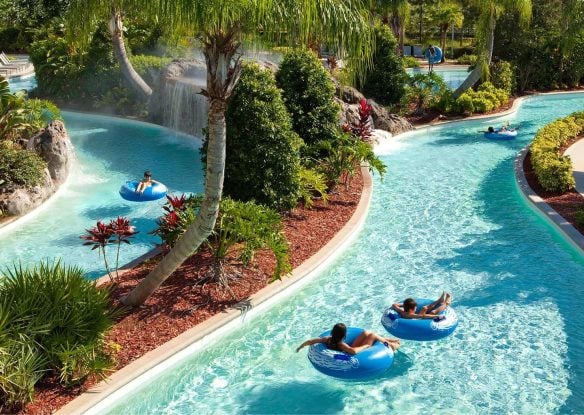My first trip to the Galapagos was an unforgettable one with my only regret not being there long enough. To truly experience this remote archipelago 600 miles from mainland Ecuador really requires multiple trips. While sea lions can be seen all year round, there are some animals that can only be spotted in certain months. to witness certain behaviors like the famous dance of the blue-footed booby, you need to be there during the summer.
No matter when you plan to visit the Galapagos, it’s sure to be an epic getaway that’s likely to leave you wanting more as one of the must-see destinations in South America. For the best start, consider putting these top things to do in the Galapagos on your priority list.

Hang Out with the Sea Lions at Loberia Bay - San Cristobal Island
What Is It? A 2.2-mile out-and-back trail will bring you to Loberia Bay from Puerto Baquerizo, the capital city of the Galapagos, on San Cristobal Island.
Why Do It? It’s a must-visit while you’re here, with pristine sands edged by translucent blue waters and black lava rocks strewn about. This is where you’ll find one of the largest colonies of sea lions in the archipelago, with the animals hanging out along the shore all year round.
Good to Know: Snorkeling and swimming can be enjoyed here too, just keep your distance from the bulls who can be aggressive. When you give the animals their space, they’re more likely to seek interaction. Other wildlife can be seen here too, such as sea turtles, lava lizards, marine iguanas, and frigate birds.

Dive Underwater on a Snorkeling Excursion
What Is It? There are many opportunities for snorkeling throughout the Galapagos, whether you’re a beginner or have lots of experience.
Why Do It? Snorkeling provides a great opportunity to swim alongside all sorts of Galapagos wildlife, from Galapagos penguins, marine iguanas, and sea turtles to rays, sea lions, and an array of colorful reef fish.
Good to Know: December through May, the wetter, warmer season, brings the best visibility, but as the water around the islands will be rich in nutrients delivered by the Humboldt current between June and November, you’ll see plenty of marine life during this time too. While there is a long list of places to snorkel, some of the top sites include Tortuga Bay on Santa Cruz Island, Kicker Rock on San Cristobal, and Pinnacle Rock on Bartolome Island.

Visit the Giant Tortoises at Reserva El Chata Tortoise Ranch - Santa Cruz Island
What Is It? The ranch is a 29-acre nature reserve that protects giant Galapagos tortoises from predators as they are currently under threat. Visitors can see them wallowing in mud pools, crunching on green shoots, or just casually moseying along.
Why Do It? Giant Galapagos tortoises are one of the most iconic animals in the archipelago – you can’t leave without seeing one. They can be spotted in many places throughout the Galapagos, but the ranch offers guaranteed encounters. It’s also a great opportunity for photo-ops as most seem to be curious about their human visitors and enjoy the interaction.
Good to Know: Avid birdwatchers will want to keep an eye out for some interesting species here too, such as Darwin finches, cattle egrets, Galapagos rails, yellow warblers, and short-eared owls.

See the Lava Tunnels - Santa Cruz Island
What Is It? Santa Cruz Island is home to underground lava tunnels that formed when a molten lava stream solidified and formed a crust while the liquid continued to flow beneath. When that liquid cooled, it came to a standstill. Today, the lava tunnels are large enough for people to enter and are available to visit on both guided and self-guided tours.
Why Do It? To get a good understanding of the power of the volcanic activity that created the Galapagos Islands.
Good to Know: From the town of Puerto Ayora, you can walk or bike to the tunnels on your own by heading north on the main road. Exploring requires some agility in order to pass through the narrow sections. This isn’t an activity for the claustrophobic.

Go Whale Watching
What Is It? Over 20 different species of whales have been recorded in the Galapagos, including sperm whales, Bryde’s whales, and orcas which can be seen throughout the year, while humpback and blue whales are here seasonally from June through December.
Why Do It? There are few bigger thrills than watching a whale breach in the Galapagos, but you will need to have luck on your side.
Good to Know: The more time you have out on the water, the better chances you’ll have of seeing a whale. Keep your camera handy and stay out on deck. One of the best places to see Bryde’s whales, the most common species here, is just north of San Cristobal Island. Both sperm whales and humpbacks are frequently spotted between Isabela and Fernandina.

Dive with Sharks at Shark Point - Wolf Island
What Is It? Wolf Island is one of the most remote Galapagos islands and it’s also home to Shark Point, one of the best for diving with hammerhead sharks.
Why Do It? Diving alongside hammerhead sharks is a bucket-list experience for many and a must-experience for advanced divers visiting the Galapagos.
Good to Know: The only way to reach uninhabited Wolf Island is from a liveaboard diving ship, with most departing from Baltra Island near Puerto Ayora. Due to the powerful currents and significant depths, Shark Point is for expert divers only. In addition to hammerheads, whitetip, and Galapagos sharks are often seen as well. Other marine life like spotted whale sharks, schools of dolphins, moray eels, and red-lipped batfish can be spotted too.

Take a Hike
What Is It? Hiking trails can be found throughout the Galapagos Islands. Whether you visit on your own, as part of a land-based tour or on a cruise, there are bound to be plenty of opportunities for walking.
Why Do It? A hike will allow you to better explore the unique landscapes while enjoying wildlife watching too.
Good to Know: One of the top hikes to try include the 4.6-mile out-and-back trail near Puerto Ayora on Santa Cruz Island. It will bring you to a dreamy stretch of chalk-white sands and clear turquoise waters, where you might spot sea turtles, brown pelicans, marine iguanas, and brightly colored Sally Lightfoot crab. Blue-footed boobies occasionally make an appearance too. On Isabela Island, the wetlands include a complex of trails and lava formations that are well worth exploring too.

Visit the Wall of Tears - Isabela Island
What Is It? The Wall of Tears is a somber historic site that can be visited independently via a 3.5-mile hike each way. The 65-foot-high wall stands as a reminder to the thousands of prisoners who died building it, for the sole reason of keeping them busy. They worked during the hottest part of the day while mistreated and malnourished after being sent here by the government as a form of criminal exile.
Why Do It? You’ll learn more about the history of the island and enjoy a rather spectacular setting surrounded by lakes and mangroves.
Good to Know: While the area is beautiful, it’s also a bit eerie – some have even said the cries of the dead can still be heard coming from the rocks.

Take in the Spectacular View from Sierra Negra Volcano - Isabela Island
What Is It? Sierra Negra Volcano contains the islands’ largest basaltic caldera, which is when the summit of a shield volcano collapses and leaves a bowl-shaped crater.
Why Do It? By climbing to the top of the volcano, you can take in one of the best panoramic views you’ll find in the archipelago. It also offers the opportunity to see seven different finch species.
Good to Know: The approximately 6.4-mile trek (each way) is moderately challenging and takes an average of just under six hours to complete. The volcano is closely monitored for activity. Watch for evidence of the last eruption which occurred between June 26 and August 23, 2018.

Spend Time at the Puerto Ayora Fish Market - Santa Cruz Island
What Is It? The Puerto Ayora Fish Market isn’t just a place to purchase fresh fish. Located along the waterfront in the center of Puerto Ayora, it’s buzzing with activity for an immersion into local life.
Why Do It? It’s a good way to get insight into what happens after the fish is caught, but the main reason to come is to watch the animal visitors. You’ll see sea lions, pelicans, and frigate birds all waiting for the perfect opportunity to steal a feast.
Good to Know: Come during the day to watch all the action, but return in the evening when it becomes an outdoor eatery that serves fresh-caught fish and seafood.

'Mail' a Postcard' from the World's Most Unique Post Office - Floreana Island
What Is It? Post Office Bay on Floreana Island was created by early sailors in the 19th century as a place to leave letters so that other sailors could deliver them when they returned to the mainland. The tradition is still carried on today but now by tourists who can pick up a letter and mail it when they get back home.
Why Do It? It’s a fun way to send a postcard to friends and family back home – you might send one the usual way and another one via Post Office Bay to see which arrives first.
Good to Know: Don’t expect to find any stamps or employees, or even a ceiling and walls at this post office. It’s just an old wooden barrel and an honor system that’s been working for decades.

Witness a Courtship Dance
What Is It? If you visit the Galapagos between June and August, you can see many bird species performing their courtship displays aimed to woo a partner, including blue-footed boobies.
Why Do It? The courtship rituals include dances and other unusual behaviors that are fun to witness.
Good to Know: While there are many places to watch for blue-footed boobies, Punta Pit on San Cristobal is unique as it’s one of the few spots where three species of boobies cohabitate. You may be able to see both the blue- and red-footed boobies as well as Nazca boobies.

Capture a Photo of Pinnacle Rock - Bartolome Island
What Is It? Pinnacle Rock is one of the most popular formations to photograph with the sharp volcanic rock jutting out into the bay near Playa Dorado (Gold Beach).
Why Do It? The rock offers an iconic photo opportunity, and there is also a colony of penguins living at the base of the rock. After you’ve seen it up close, hike to the summit of Bartolome Island for a magnificent view from afar.
Good to Know: The beaches next to Pinnacle Rock are popular snorkeling sites where you might be able to swim with penguins and sea lions. As Bartolome is uninhabited, you’ll need to visit as part of a cruise or tour, with multiple options from Santa Cruz Island.

